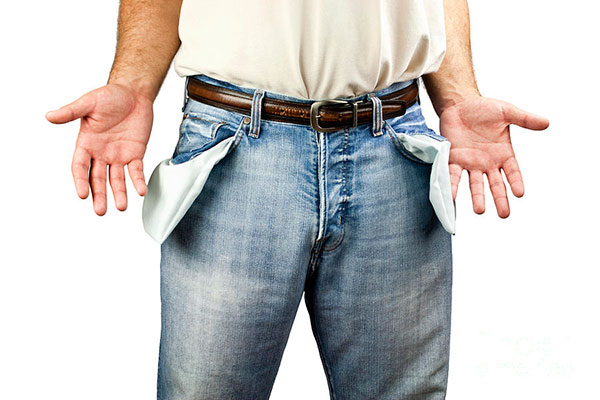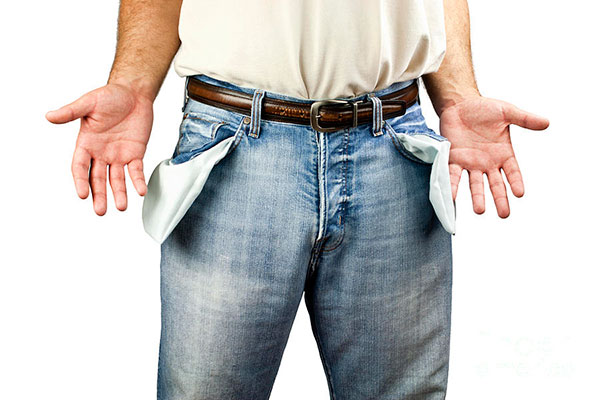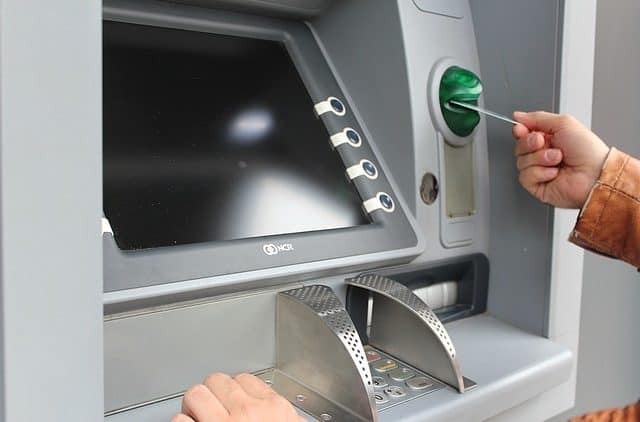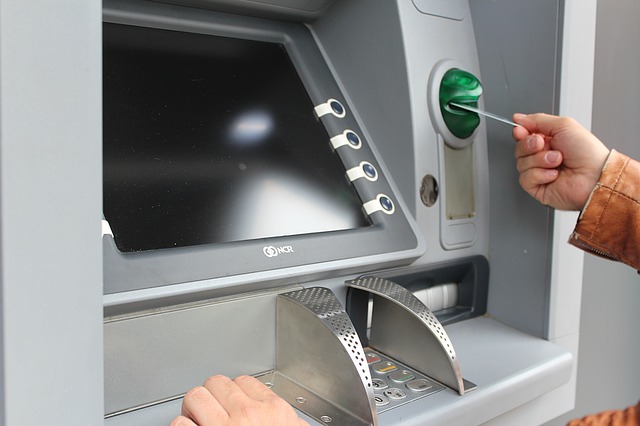What To Do If You Lose Your Credit Card
Losing something can put you in a panic. If it’s a credit card, losing it can be especially troublesome.
A thief who steals it or someone finds it could ring up charges on your credit card, which you may have to pay some of if you don’t report it lost soon enough.
And even if you get all the money back from credit card fraud, your credit score could be temporarily hurt if a thief quickly runs up a lot of charges on your card.
Worse than that is if someone uses the information from your lost or stolen credit card to create a fake identity in your name and uses the information to open a new account in your name.
People reported losing $1.48 billion to fraud in 2018 according to the Federal Trade Commission.
Table of Contents:
What To Do If You Lose Your Credit Card
How To Report a Missing Credit Card
What To Do If You Lose Your Debit Card
Other Hassles of Lost Credit Cards
What To Do If You Lose Your Credit Card
The first thing you should do when realizing your credit card is lost or stolen is to call the issuer and report it missing. We’ll get into how to do that later, but the simple thing to do is to call ASAP to report it missing.
The reason is the sooner you report it missing, the more you’ll be protected from being responsible for fraudulent charges and the chance that your information can be used by an identity thief. If the credit card is canceled, a thief can’t use it to buy things or create a new card.
Under federal law, if you report a credit card as missing before it’s fraudulently used, you’re not responsible for any unauthorized charges.
However, if a card is used by a thief before you report it missing, you could be responsible for some of those charges. The maximum liability amount is $50 under federal law. Some credit cards offer zero liability.
So if your missing card is still used after you report it missing, you won’t be liable for the charges you didn’t authorize. If your card wasn’t stolen but your credit card number was, you aren’t liable for any unauthorized charges.
How to Report a Missing Credit Card
Your credit card statement has instructions on how to report a missing card. Most companies have 24-hour, toll-free numbers. If your spouse has the same credit card, the phone number will be on the back of their card.
Call your issuer as soon as you realize your card is missing. Even if you think you might have misplaced it, you can still call your credit card company and ask it to suspend charges immediately but temporarily until you can determine if the card is really missing or if you’ve left it in the car or find it elsewhere.
Once you’ve determined that the card is gone, file a report by phone and follow the credit card company’s instructions. Also follow up with a letter to the company, providing your account number, date you noticed the card missing, and the date you filed the report.
The Federal Trade Commission recommends keeping a copy of your letter and sending the letter by certified mail with a return receipt.
You should check your card statement carefully for transactions you didn’t make. Report them to your card issuer as quickly as possible.
After you’ve reported a missing card, your card issuer will send you a new card, usually within a few days and sometime overnight.
If you have automatic payments tied to your credit card, such as for a phone bill, call your creditors or go online and update your accounts.
What To Do If You Lose Your Debit Card
If you lose a debit card, the consequences can be a lot worse, so you need to call your bank as soon as possible to report it lost or stolen.
Debit cards, which pull money immediately out of your checking account when used, must be reported missing within two business days of learning of their disappearance so that your liability is limited to $50.
Longer than that and up to 60 days after your next bank statement is sent to you, and you’re responsible for up to $500 in losses. Wait more than 60 days after your statement is sent to you, and all losses are your responsibility.
Thieves can quickly drain accounts linked to debit cards. Even if you quickly report the card lost, it can take awhile to get your money back from the bank.
Other Hassles of Lost Credit Cards
With the $50 liability limit set by federal law on missing credit cards, you may assume it’s OK not to report it missing. Not true. If you don’t report it missing, other problems could crop up.
Thieves who steal credit cards often start using them as quickly as they can so they can buy things before the card is canceled by the bank. But if it’s not reported missing soon, they can keep ringing up charges that you’ll have to dispute with your credit card company.
If you have a good credit card company, they’ll notice the fraudulent charges and alert you immediately. But if more purchases accumulate, you’ll spend more time trying to fix things.
A lot of fraudulent charges could also hurt your credit score temporarily. Once the fraud is found and resolved, your score should return to normal.
The post What To Do If You Lose Your Credit Card appeared first on Better Credit Blog | Credit Help For Bad Credit.
Read more: bettercreditblog.org






